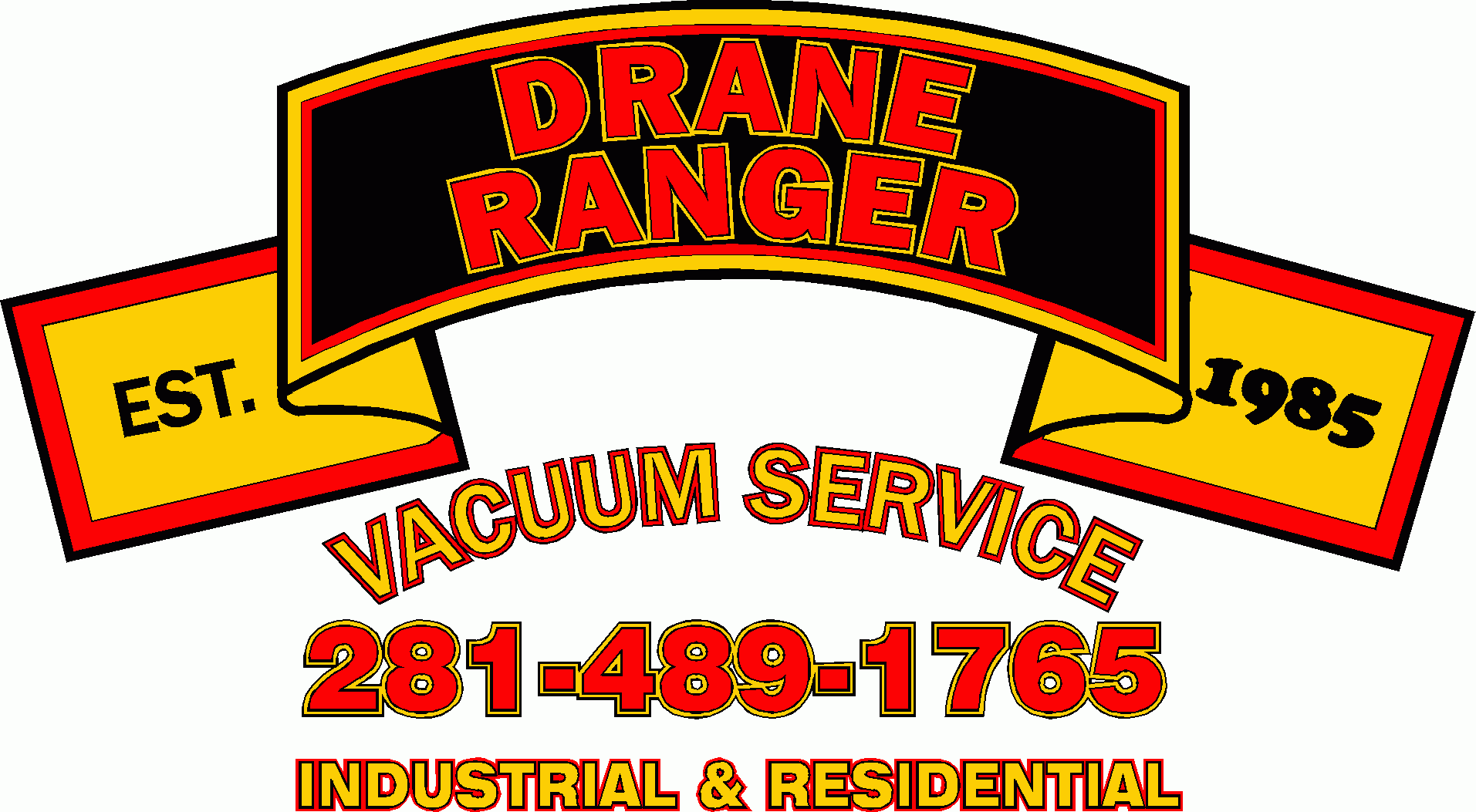In the world of commercial kitchens and food service establishments, managing fats, oils, and grease (FOG) is critical to maintaining a clean, efficient, and regulation-compliant operation. Two primary devices used to manage FOG are grease traps and grease interceptors. Though they serve similar functions, there are distinct differences between the two that are essential for business owners and operators to understand.
What is a Grease Trap?
A grease trap, sometimes referred to as a grease interceptor of smaller size, is a plumbing device designed to intercept most greases and solids before they enter a wastewater disposal system. Typically installed under a sink or in the basement of a building, grease traps are small but effective, making them ideal for establishments with limited space or lower volumes of FOG. The efficiency of a grease trap depends on its size and the amount of FOG a facility produces.
Grease traps work by slowing down the flow of hot greasy water, allowing it to cool. As the water cools, grease and oil separate from the water and float to the top of the trap, while heavier solids fall to the bottom. The cleaner water then flows through the trap and into the sewage system, leaving the FOG to be manually removed by maintenance personnel.
What is a Grease Interceptor?
Grease interceptors are larger devices that perform a similar function to grease traps but on a much larger scale. They are typically installed outside of a building and can handle high volumes of FOG and wastewater. Grease interceptors are ideal for larger establishments such as hotel kitchens, large restaurants, and other facilities that produce significant amounts of FOG.
The operational principle of a grease interceptor is similar to that of a grease trap, relying on the difference in density between FOG and water to separate the two. However, due to their larger size, grease interceptors can handle higher volumes of wastewater and are equipped with additional features to improve efficiency and ease of maintenance.
Key Differences Between Grease Traps and Grease Interceptors
Size and Capacity: Grease traps are smaller and have a lower capacity, making them suitable for smaller food service establishments. Grease interceptors are larger, designed to handle greater volumes of FOG and wastewater.
Installation Location: Grease traps are often installed indoors, under sinks, or in basements. Grease interceptors are usually located outside, underground, or in large indoor spaces.
Maintenance and Cleaning: Due to their smaller size, grease traps require more frequent cleaning and maintenance. Grease interceptors, while also needing regular maintenance, typically have longer service intervals due to their larger size and higher capacity.
Regulatory Compliance: Depending on the local regulations, your establishment may be required to install a specific type of device. It’s crucial to consult with local water authorities to determine which device is appropriate for your business.
Choosing the Right Solution for Your Business
Selecting between a grease trap and a grease interceptor depends on several factors, including the size of your establishment, the volume of FOG your business produces, and local regulations. Small cafes or fast-food outlets might find grease traps sufficient and cost-effective, while larger restaurants, hotels, and institutions likely require the higher capacity offered by grease interceptors.
Importance of Regular Maintenance
Regardless of the type of device installed, regular maintenance and cleaning are crucial to prevent blockages, odors, and potential regulatory fines. Over time, accumulated FOG can lead to clogged pipes, unpleasant smells, and even sewage backups, posing significant health risks and potentially disrupting your business operations.
Conclusion
Understanding the differences between grease traps and grease interceptors is essential for any food service business aiming to manage waste efficiently and comply with local regulations. Both devices play a crucial role in preventing FOG from entering the sewer system, but choosing the right one depends on your specific needs and circumstances.
For expert advice on grease trap cleaning and maintenance, don’t hesitate to reach out to us at Drane Ranger (https://draneranger.com/), we are professionals and specialize in this field. Regular cleaning and maintenance of your FOG management system not only keep your operations smooth and compliant but also contribute to a healthier environment. Contact us today to ensure your establishment is equipped with the appropriate FOG management solution and to schedule regular maintenance for your grease trap or interceptor. Visit our website for more information on how we can assist you with your grease trap cleaning needs.
